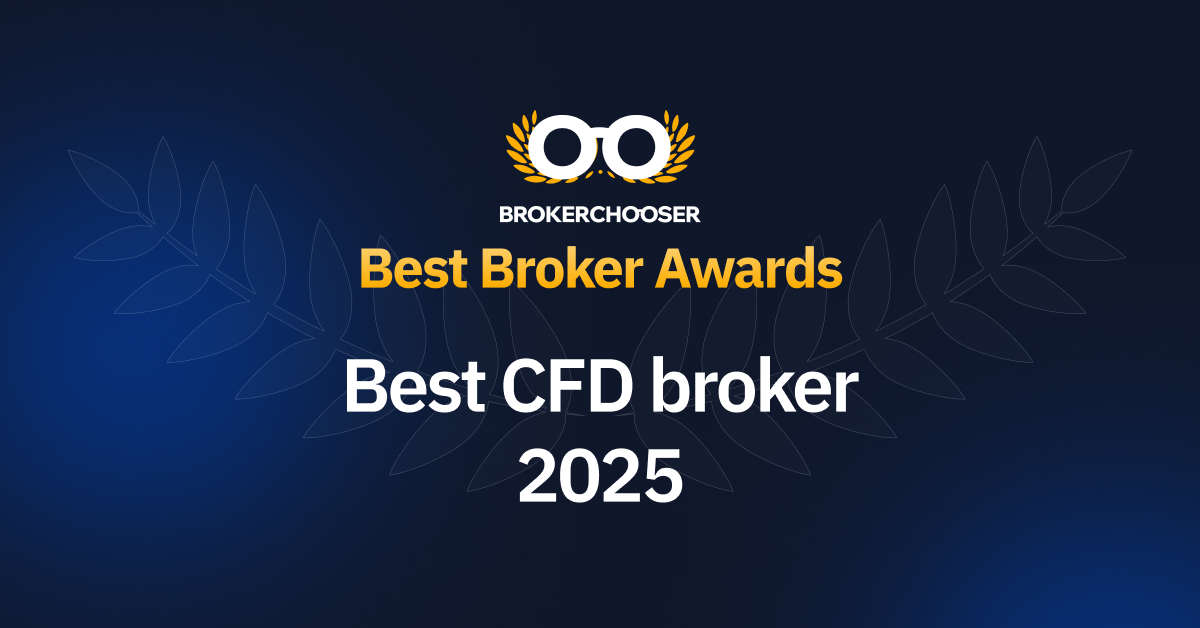Best Strategy for CFD Trading Maximize Your Profits and Minimize Risks

Best Strategy for CFD Trading
In the expansive world of financial markets, Contract for Difference (CFD) trading has emerged as a potent tool for traders looking to leverage their investments. The ability to trade on margin, combined with the vast array of assets available, makes CFD trading an attractive proposition for both novice and experienced traders alike. However, to truly excel in CFD trading, one must adopt the best strategy for CFD trading to navigate the complexities of the market. This article will outline essential strategies, risk management techniques, and trading psychology to help you become a successful CFD trader. Don’t forget to check out best strategy for cfd trading bestbrokercfd.com for valuable tools and resources that can assist you in your trading journey.
Understanding CFD Trading
Before diving into strategies, it’s crucial to understand what CFDs are and how they work. A Contract for Difference is a financial contract that allows traders to speculate on the rising or falling prices of assets, including stocks, commodities, indices, and currencies, without actually owning the underlying asset. When you enter a CFD trade, you agree to exchange the difference in the price of an asset from the time the contract is opened to when it is closed.
Why Choose CFD Trading?
CFD trading offers several advantages:
- Leverage: CFD trading allows traders to control larger positions with a smaller amount of capital, enabling the potential for higher returns.
- Diverse Market Access: Traders can access various markets and asset classes from a single trading account.
- Short Selling: CFDs enable trading on both rising and falling markets, allowing for greater flexibility.
Developing the Best Strategy for CFD Trading
A successful CFD trading strategy typically includes research, risk management, and the right psychological approach. Below are some of the components crucial for crafting an effective strategy:
1. Education and Research
The foundation of any trading strategy is a comprehensive understanding of the market. Start by educating yourself about the instruments you wish to trade. Utilize trading courses, webinars, and online resources to increase your knowledge of technical and fundamental analysis.
2. Technical Analysis

Technical analysis is a key component in CFD trading strategies. By analyzing historical price charts and identifying trends, support and resistance levels, and various chart patterns, traders can make informed decisions. Consider incorporating tools like moving averages, RSI, and MACD to enhance your analysis.
3. Fundamental Analysis
Understanding the fundamentals that drive asset prices is essential. Keep an eye on economic indicators, earnings reports, geopolitical events, and market sentiment. This will help you gauge market trends and make informed predictions about future price movements.
4. Choosing the Right Trading Platform
Your choice of trading platform can significantly impact your trading experience. Look for a platform that offers a user-friendly interface, advanced charting tools, and reliable customer support. Ensure that it also has the assets you are interested in trading.
5. Risk Management
One of the most critical aspects of any trading strategy is robust risk management. Set clear stop-loss and take-profit levels for each trade to minimize potential losses and lock in profits. It’s essential to never risk more than a small percentage of your trading capital on a single trade. Implementing proper risk management strategies can prevent significant losses and help maintain a sustainable trading career.
6. Trading Psychology
Your mindset can greatly influence your trading outcomes. Developing the right psychological approach is as important as technical and fundamental analysis. Understand the emotions that can impact your trading, such as fear and greed. Practice patience, discipline, and resilience, and remain committed to your trading plan even during challenging periods.
7. Keeping a Trading Journal
Maintaining a trading journal is an invaluable practice for any trader. Documenting your trades, strategies, and emotions allows you to review and evaluate your performance over time. Analyzing your successes and mistakes will help refine your strategy and better your decision-making process.
Conclusion
While CFD trading presents numerous opportunities, success requires a solid strategy. By focusing on education, research, risk management, and psychological discipline, traders can maximize their chances of success in the highly volatile world of CFD trading. Whether you’re a beginner or an experienced trader, adopting the best strategy for CFD trading can pave the way for improved performance and profitability. Remember, continuous learning and adapting to market conditions are essential in the ever-evolving trading landscape.